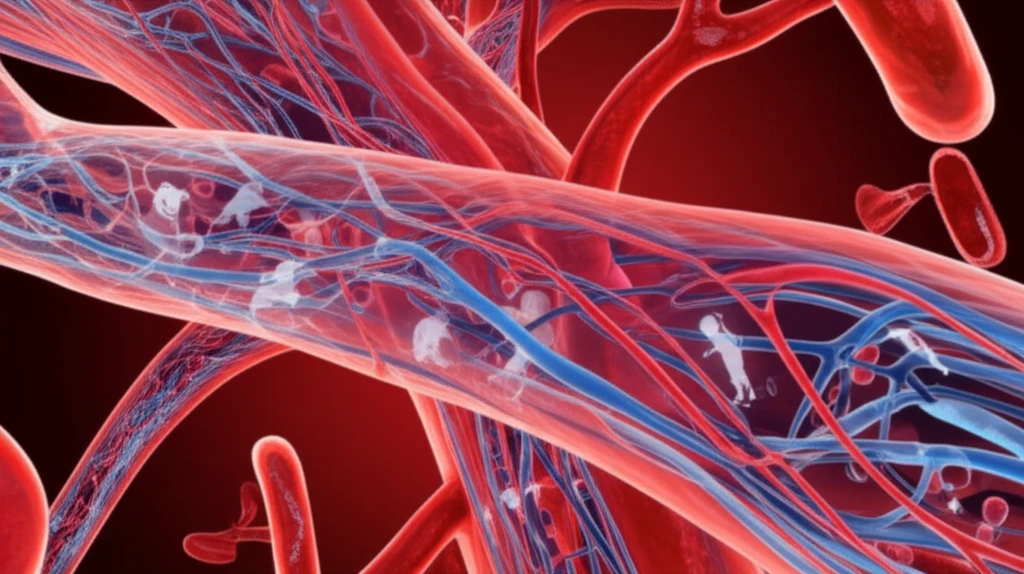
Decoding Leukemia: How Endothelial Function Can Predict Treatment Success in Children
"New research reveals how monitoring blood vessel health in children with acute lymphoblastic leukemia (ALL) can offer vital clues about their response to treatment."
For families navigating a childhood cancer diagnosis, every piece of information is crucial. While treatments for acute lymphoblastic leukemia (ALL) have improved, predicting how each child will respond remains a challenge. Now, a new study is shedding light on a surprising factor: the health of the inner lining of blood vessels, known as endothelial function.
Endothelial dysfunction (ED) occurs when the delicate balance within blood vessels is disrupted, impacting their ability to regulate blood flow and prevent clotting. This dysfunction is already known to be linked to various complications in cancer therapy. However, this research dives deeper, exploring whether it can also serve as an early indicator of treatment success in children with ALL.
This article will break down the key findings of this study, explaining how specific markers of endothelial function can provide valuable insights for doctors and families. We'll explore what these markers are, how they change during treatment, and what they might reveal about a child's prognosis, empowering you with a better understanding of this complex disease.
Endothelial Function: A Window into Leukemia Treatment Response?

The study, published in BioMed Research International, involved 28 children with ALL and 18 healthy children. Researchers measured several key markers of endothelial function in the ALL group at the time of diagnosis and then again at two points during their initial treatment (days 33 and 78). These markers included:
- sP-selectin (CD62-P): A marker of platelet activation and inflammation.
- PAI-1 (serpinE1): A protein that inhibits the breakdown of blood clots.
- sE-selectin (CD62E): Another marker of endothelial activation and inflammation.
- sICAM-1 (sCD54) and sVCAM-1 (sCD106): Molecules that help immune cells stick to blood vessel walls.
- VEGF: A protein that stimulates the growth of new blood vessels.
Hope for the Future: Endothelial Function as a Predictive Tool
This study provides compelling evidence that endothelial function is closely linked to the outcome of ALL treatment in children. The researchers found that children with higher levels of sICAM-1 and sVCAM-1 at diagnosis, along with lower levels of sP-selectin and VEGF, tended to have poorer outcomes.
Importantly, the study also showed that changes in these markers during treatment could be indicative of a child's response. For instance, a decrease in sE-selectin and PAI-1 levels at day 78 was associated with better outcomes. These findings suggest that monitoring endothelial function could help doctors personalize treatment plans and identify children who may need more aggressive therapy.
While further research is needed to validate these findings in larger groups of children, this study offers a promising new avenue for improving the care of children with ALL. By understanding the role of endothelial function, we can move closer to a future where treatment is tailored to each child's unique needs, maximizing their chances of survival and long-term health.
